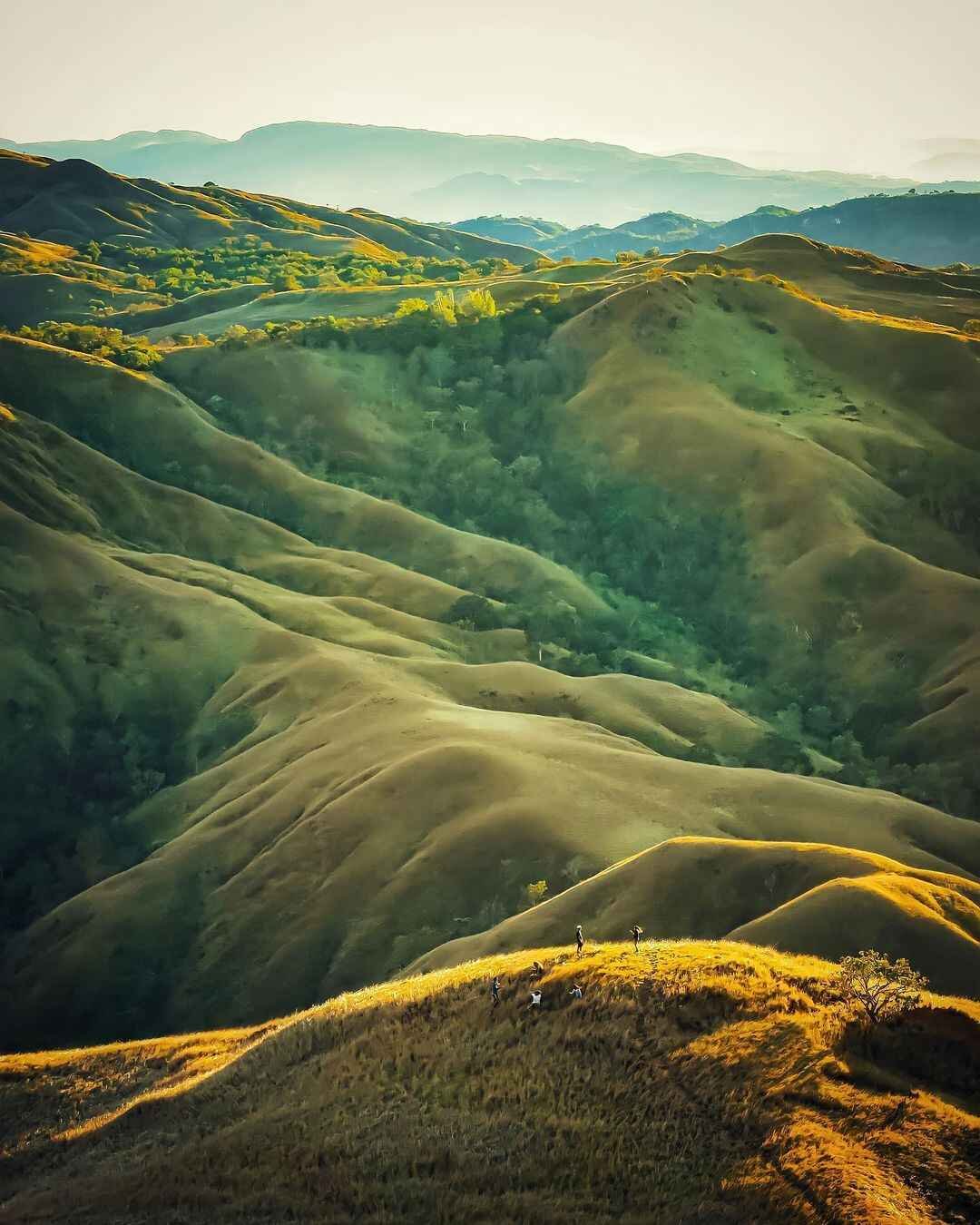
Abra is an underrated gem in the Cordillera region of the Philippines, offering a diverse range of attractions for adventurers and history buffs alike. Known for its breathtaking natural landscapes and rich cultural history, Abra tourist spots offer something for everyone—from pristine waterfalls to historical landmarks that tell the story of the province’s colonial past. Whether you’re seeking outdoor adventures or an immersive cultural experience, Abra is quickly becoming a top choice for those who wish to explore tourist spots in Abra, Philippines that are less commercialized yet equally captivating.
Abra’s natural beauty is unparalleled, with some of the best waterfalls in Abra like Kaparkan Falls and Kili Falls, which draw nature lovers for their serene atmosphere and crystal-clear waters. Adventure seekers will also enjoy trekking through Apao Rolling Hills, where visitors are treated to panoramic views of undulating hills and even the elusive “sea of clouds” during early mornings. For spelunking enthusiasts, Libtec Crystal Cave offers a thrilling subterranean experience, where stunning crystal formations create a mesmerizing underworld.
However, Abra is not just about nature. It also has a rich cultural and historical heritage. The Tayum Church, a historical landmark in Abra, stands as a testament to the Spanish influence that shaped the province’s religious and architectural history. Meanwhile, the Gabriela Silang Monument honors one of the Philippines’ most courageous revolutionaries, offering visitors a glimpse into the province’s role in the fight for independence. These must-visit attractions in Abra showcase the province’s unique combination of nature, history, and culture, making it a prime destination for travelers looking to experience Abra Philippines tourism at its finest.
Whether you are drawn by the promise of exploring Abra tourist destinations like the iconic Don Mariano Marcos Bridge, or you seek the thrill of spelunking in Abra caves, the province offers an ideal itinerary for all types of travelers. For those planning an Abra tourist spot itinerary, there is no shortage of awe-inspiring destinations that capture the province’s natural beauty and historical significance. Make Abra your next travel destination and uncover the magic that lies within its landscapes and heritage
Table of Contents
10 Best tourist spot in Abra
1. Kaparkan Falls
Kaparkan Falls in Tineg is one of the most popular tourist spots in Abra, Philippines, renowned for its stunning multi-tiered cascades. Also known as Mulawin Falls, it features spring terraces similar to rice paddies, making it a unique natural wonder in the region. The best time to visit Kaparkan Falls is during the rainy season, from June to October, when the waterfall is at its fullest, creating a breathtaking spectacle. Visitors can enjoy swimming in the refreshing pools at the base of the falls, making it one of the best waterfalls in Abra. Although reaching the falls involves a bumpy 6-wheeler truck ride followed by a short trek, the stunning views and cool waters are worth the effort.
READ OUR TRAVEL GUIDE ABOUT KAPARKAN FALLS.
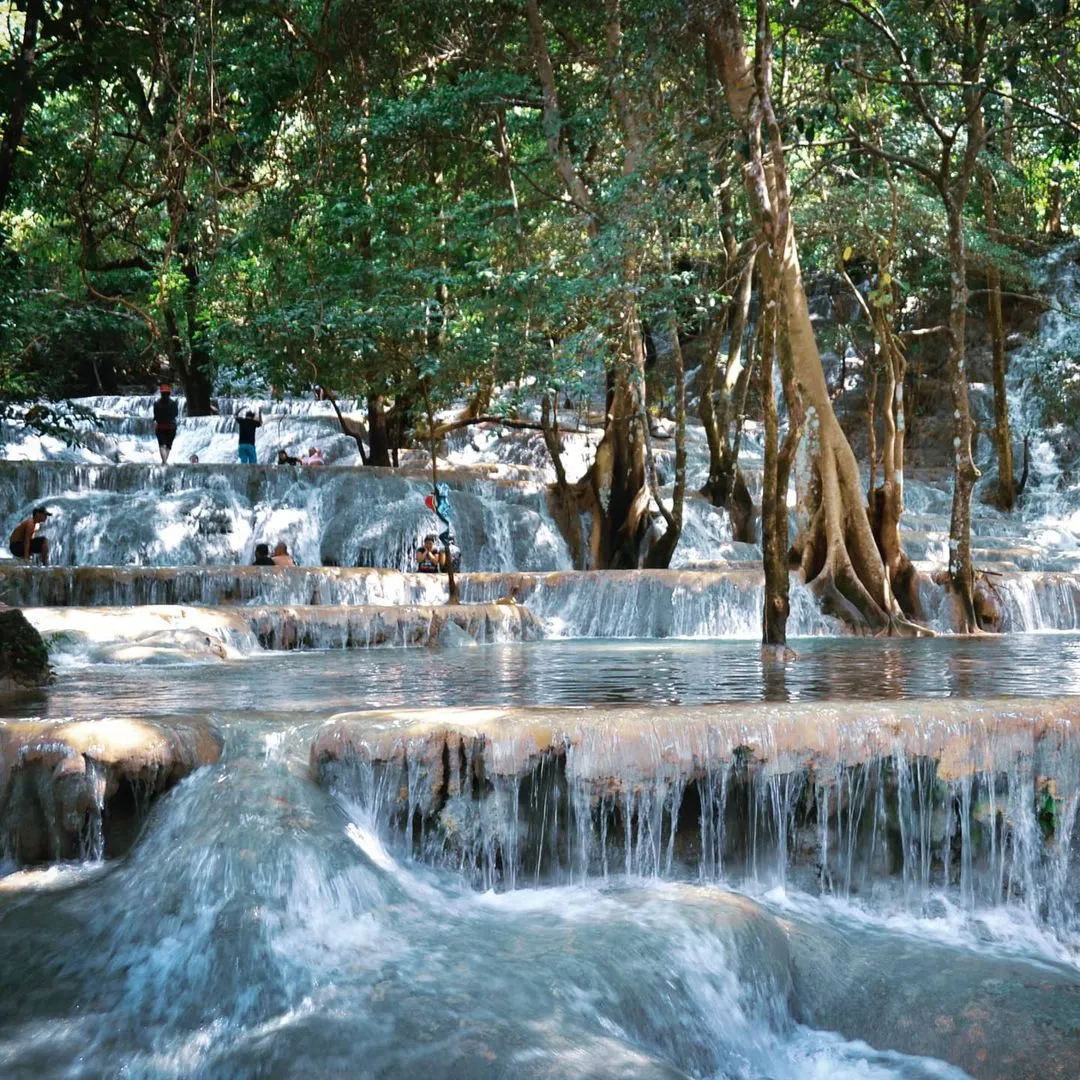
2. Apao Rolling Hills
For those seeking panoramic landscapes, the Apao Rolling Hills in Tineg offer some of the most breathtaking views in Abra. This must-visit attraction in Abra features vast, rolling green hills that stretch as far as the eye can see. Early mornings are particularly magical, as the “sea of clouds” blankets the hills, making this spot a favorite for photographers and nature lovers. The peaceful, serene environment and cool mountain breeze make Apao Rolling Hills one of the top Abra tourist destinations, offering a perfect retreat for relaxation and reflection
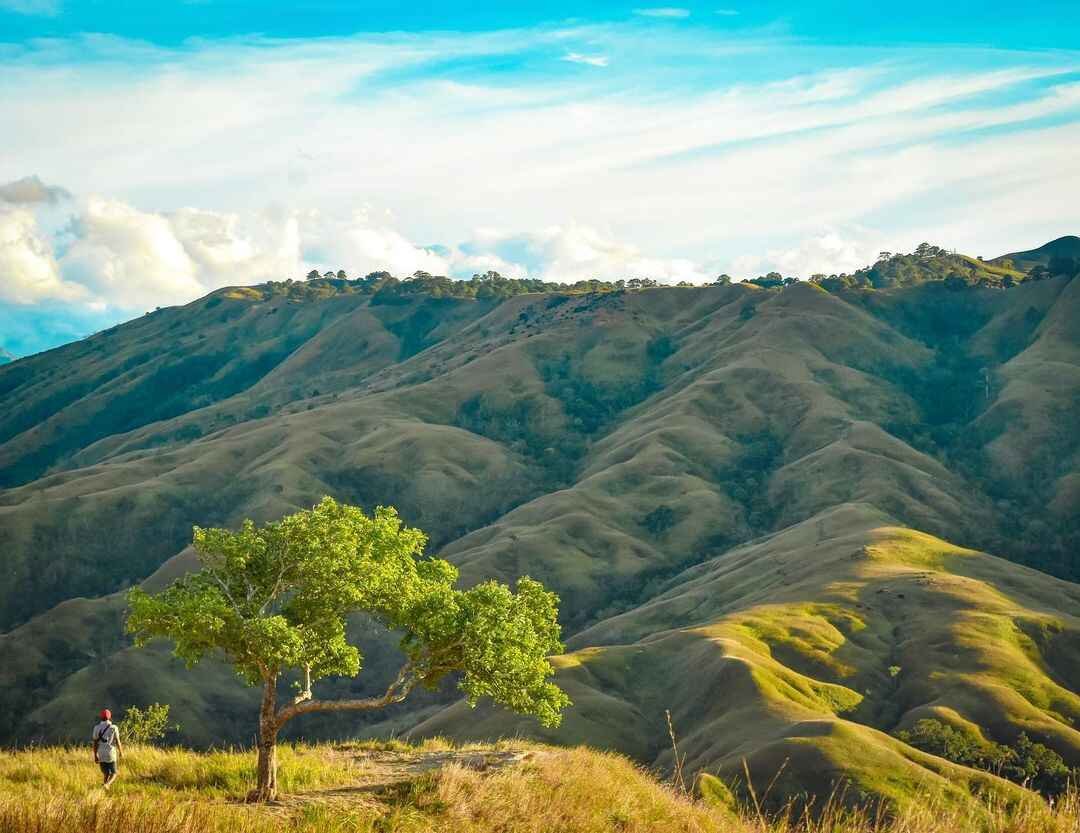
3. Libtec Crystal Cave
If you’re an adventure enthusiast, Libtec Crystal Cave in Dolores is a tourist attraction in Abra Philippines you won’t want to miss. This cave is famous for its stunning stalactites and stalagmites, which sparkle like crystals under the light. Spelunking in Abra caves like Libtec provides a thrilling underground experience suitable for both novice and experienced explorers. Its easy-to-navigate passages make it one of the top Abra tourist spots for those looking to explore the province’s hidden geological wonders
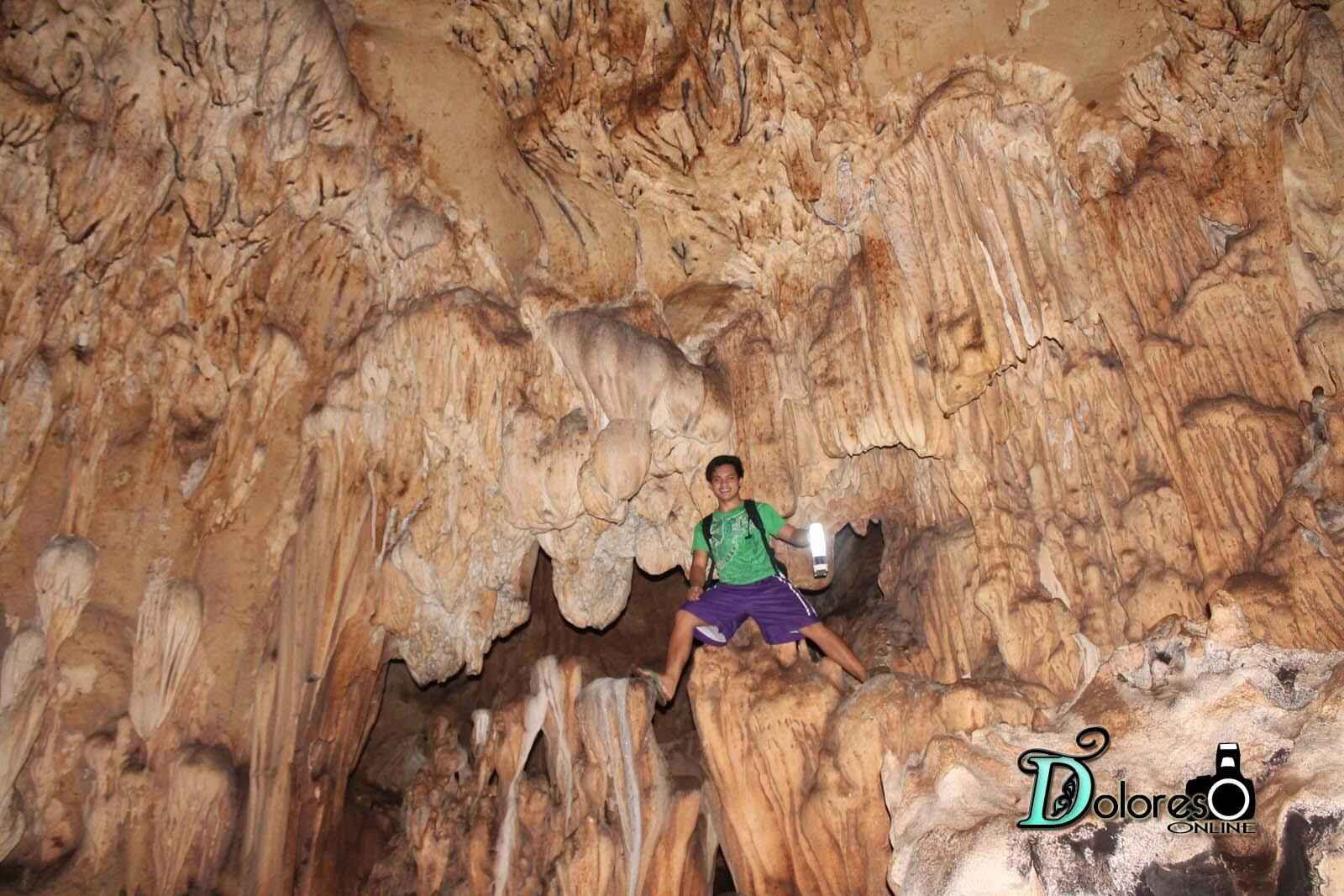
4. Tayum Church
One of the most significant historical landmarks in Abra, Tayum Church (Santa Catalina de Alejandria Parish Church) is a 19th-century Spanish-era church located in the town of Tayum. This Baroque-style church reflects the rich cultural heritage of the region and has been declared a National Cultural Treasure. Its unique architecture, especially the burnay jar designs that decorate the church facade, makes it a must-see Abra attraction for history and architecture enthusiasts. A visit to Tayum Church offers a glimpse into the province’s colonial past and religious significance
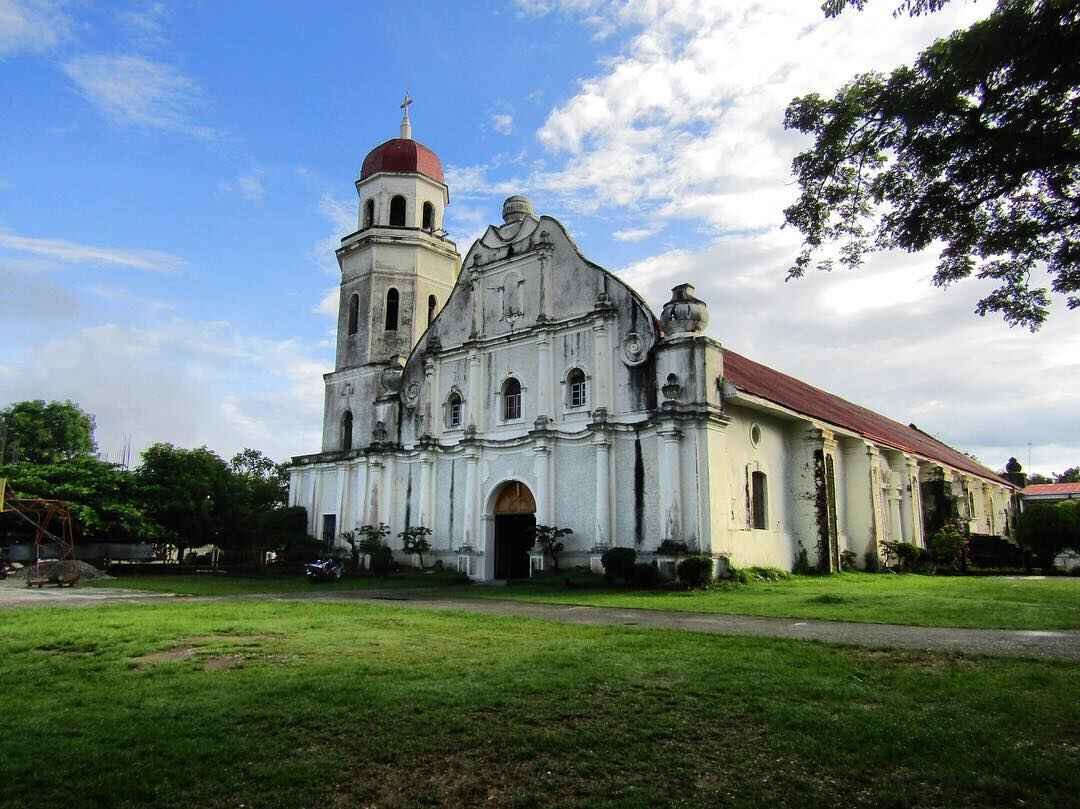
5. Don Mariano Marcos Bridge
The Don Mariano Marcos Bridge, one of the longest bridges in the Philippines, spans the Abra River and connects the towns of Tayum and Lagangilang. It’s a top Abra tourist destination for those seeking scenic views of the river and surrounding mountains. This architectural marvel is especially stunning at sunset, making it a perfect spot for sightseeing and photography. The bridge is not only a vital infrastructure link but also a popular Abra tourist spot that showcases the beauty of the region
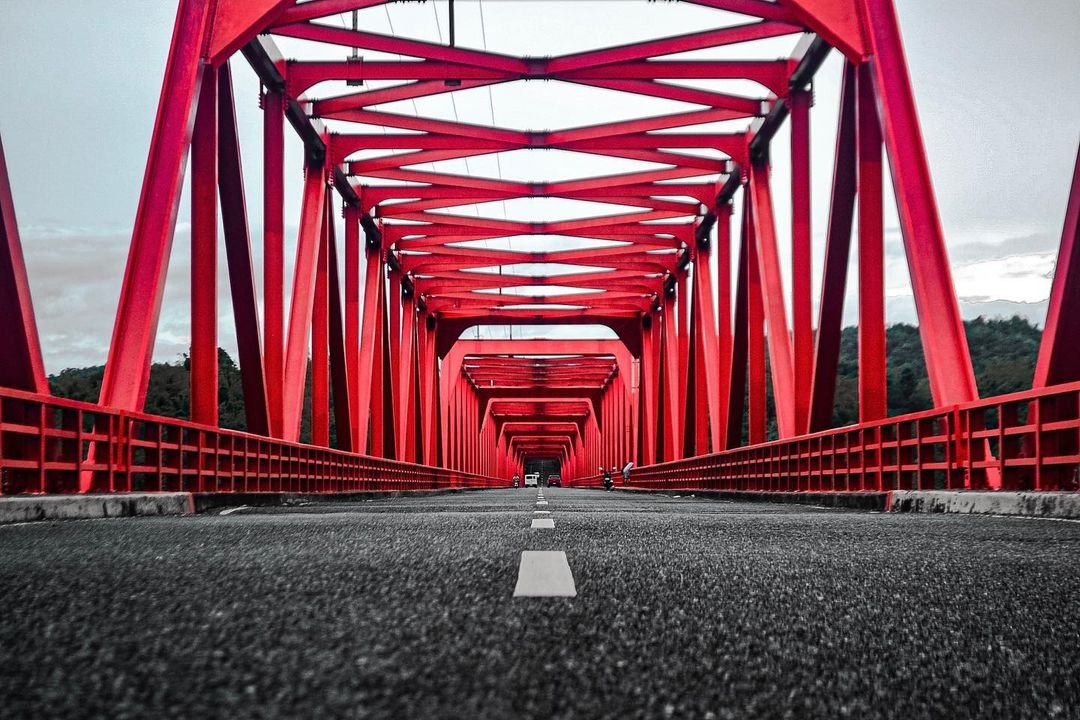
6. Kili Falls and Hot Springs
Located in Tubo, Kili Falls offers a peaceful escape for nature lovers. This hidden gem, with its 15-foot waterfall, creates a deep, cool pool perfect for swimming, making it one of the best waterfalls in Abra. Nearby hot springs provide a natural spa experience, offering visitors the chance to relax in warm, mineral-rich waters. The combination of the cold waterfall and the soothing hot springs makes Kili Falls one of the most unique Abra tourist destinations
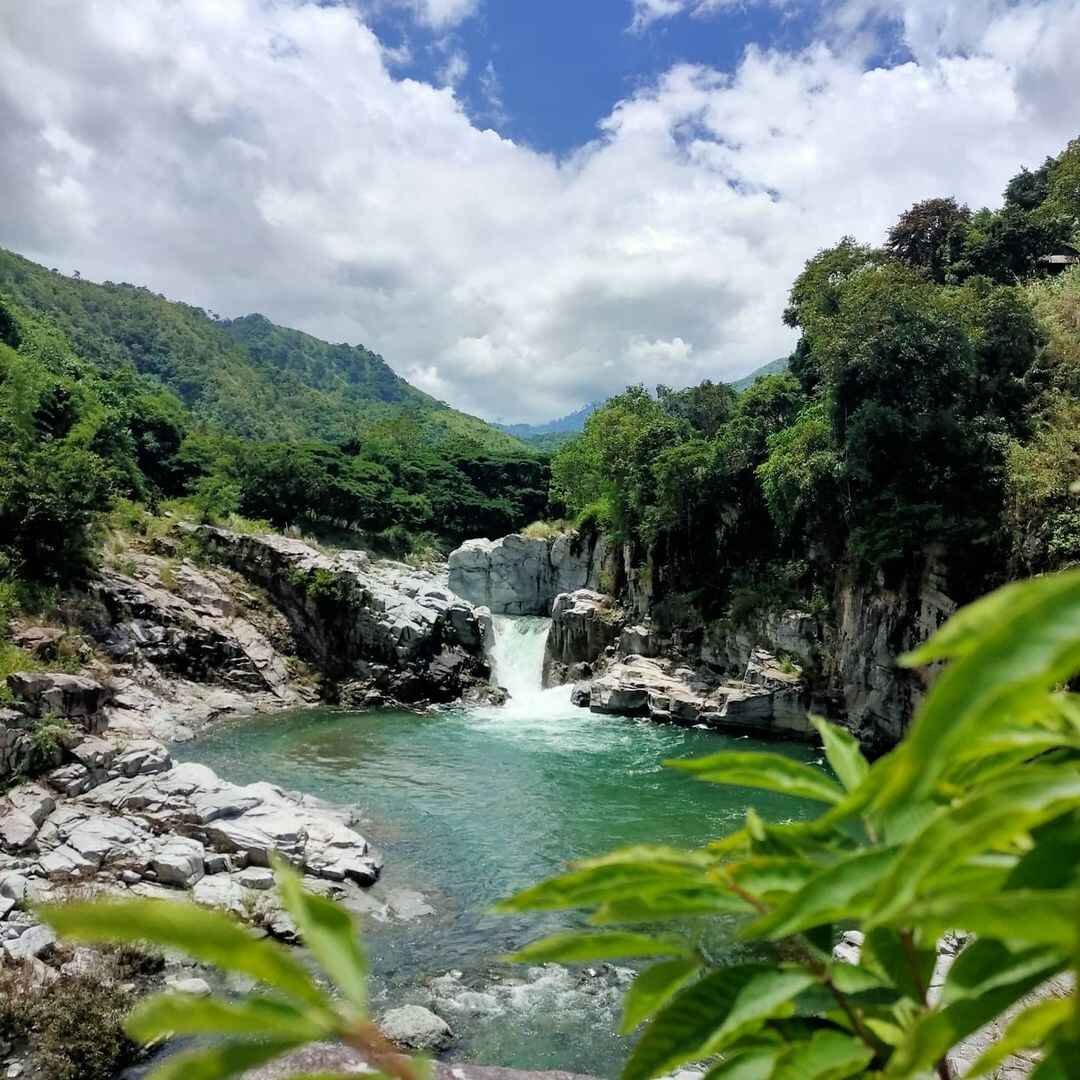
7. Lusuac Springs
For those looking for a quieter, more tranquil environment, Lusuac Springs in Lagangilang is a top choice among Abra tourist spots. This serene natural spring, surrounded by lush greenery, offers crystal-clear waters perfect for swimming or picnicking. It is a peaceful retreat, less crowded than other Abra nature parks, making it ideal for those seeking to relax and enjoy the beauty of nature
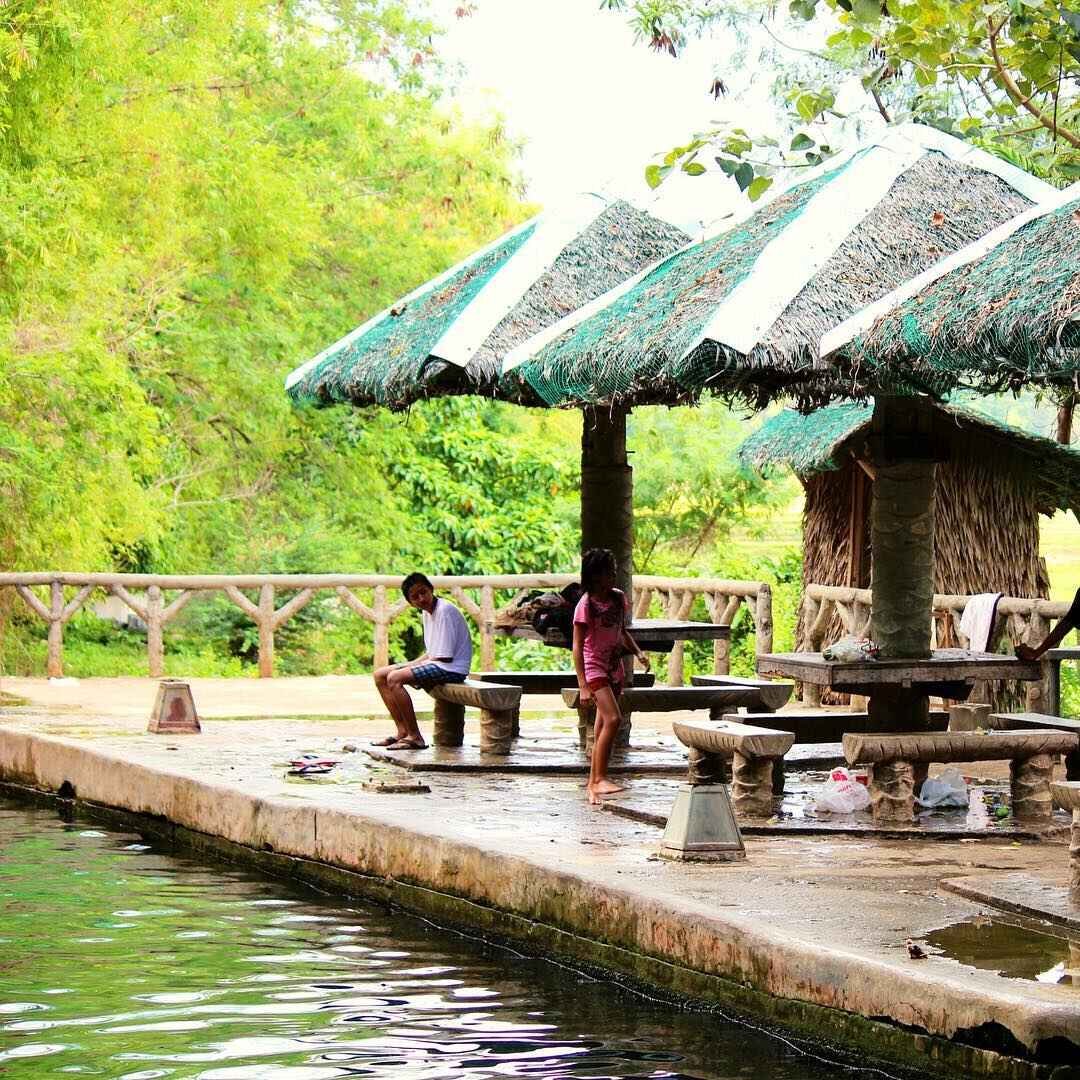
8. Tangadan Tunnel
The Tangadan Tunnel in San Quintin is one of the key historical landmarks in Abra, constructed during World War II as a strategic hideout for Japanese forces. Today, the tunnel serves as a historical reminder of the province’s wartime role. Visitors can explore this tourist attraction in Abra Philippines to gain insight into the region’s military history while also appreciating the natural surroundings
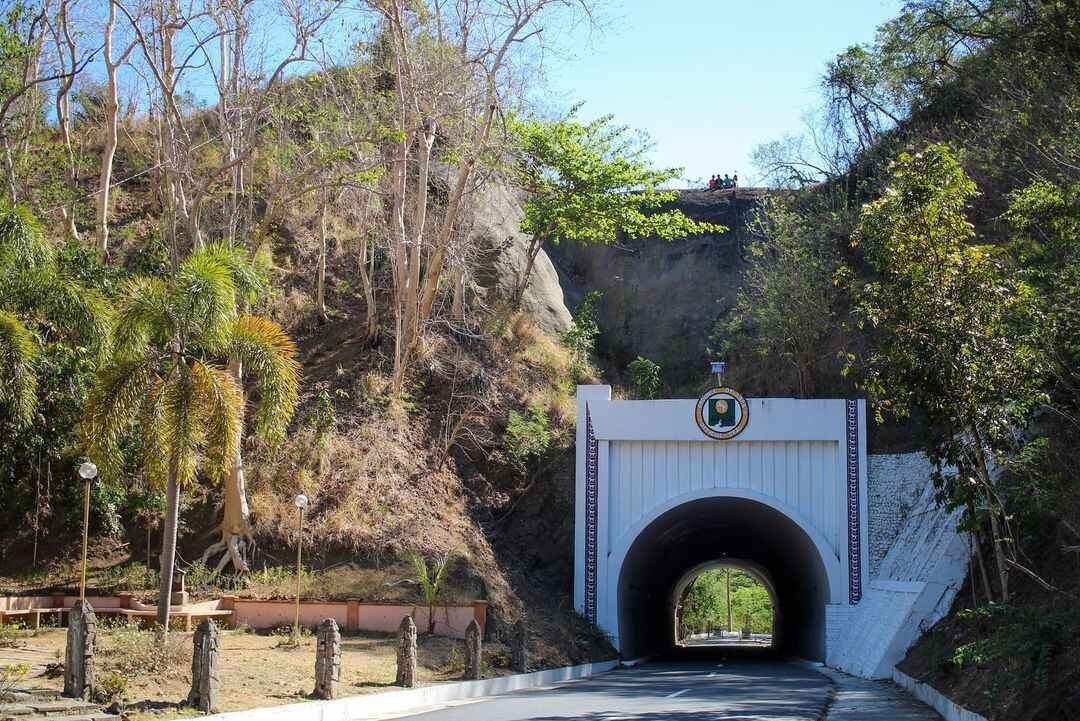
9. Gabriela Silang Monument
The Gabriela Silang Monument in Pidigan pays tribute to the revolutionary heroine who fought against Spanish colonizers. Known for her courage and leadership, Gabriela Silang’s legacy is immortalized through this monument. It is a significant Abra tourist spot that offers both a cultural and historical experience, shedding light on the province’s role in the fight for independence. This is a must-visit site for those interested in Abra’s cultural heritage
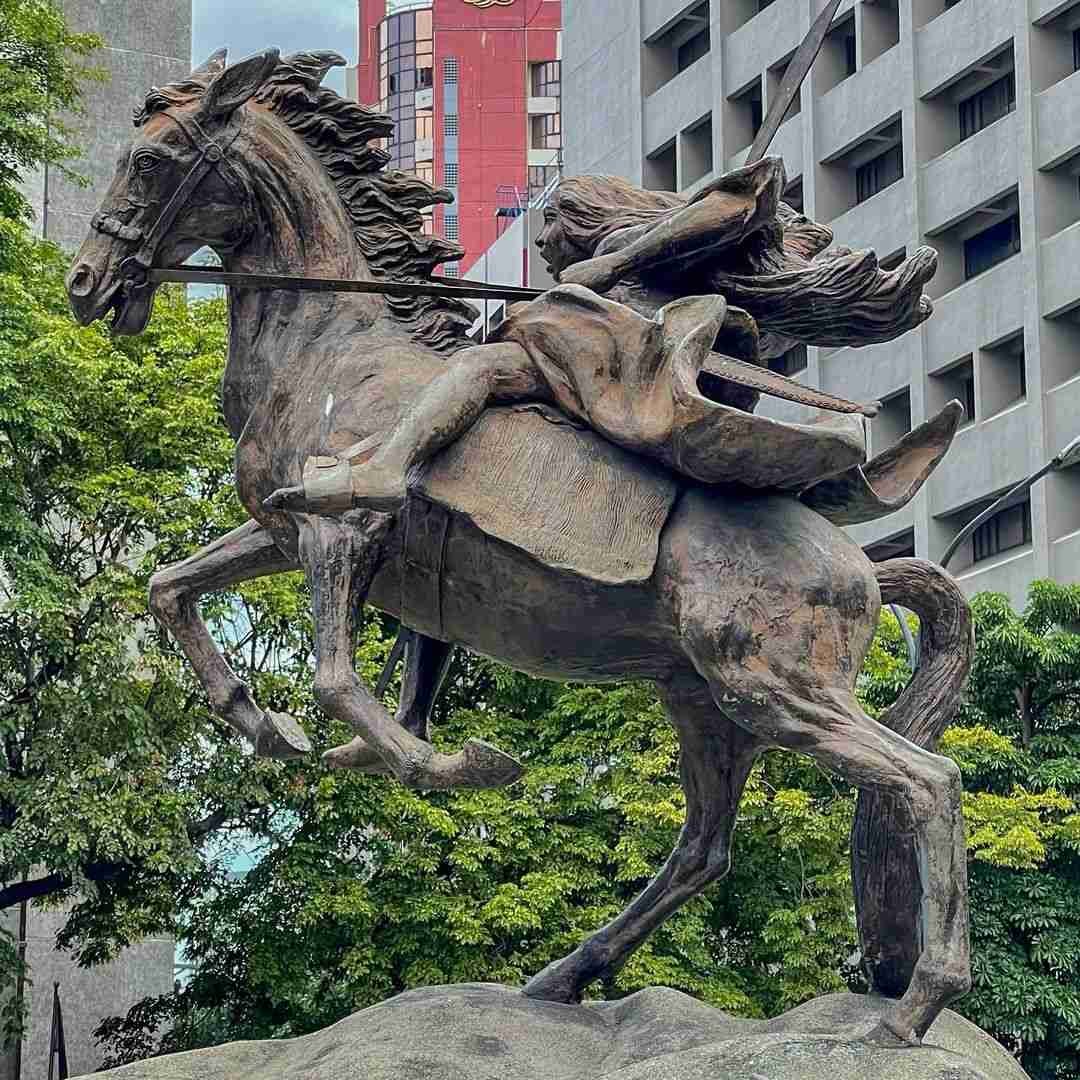
10. Piwek Rock Formation
For adventure seekers, the Piwek Rock Formation in Tineg is a top Abra tourist destination. Known for its dramatic limestone formations and deep, clear pools, it offers a unique opportunity for cliff diving, swimming, and hiking. To reach this tourist spot in Abra Philippines, visitors must cross rivers and climb over boulders, adding a sense of adventure to the experience. The spectacular views and thrilling activities make Piwek Rock Formation one of the most exciting must-visit attractions in Abra
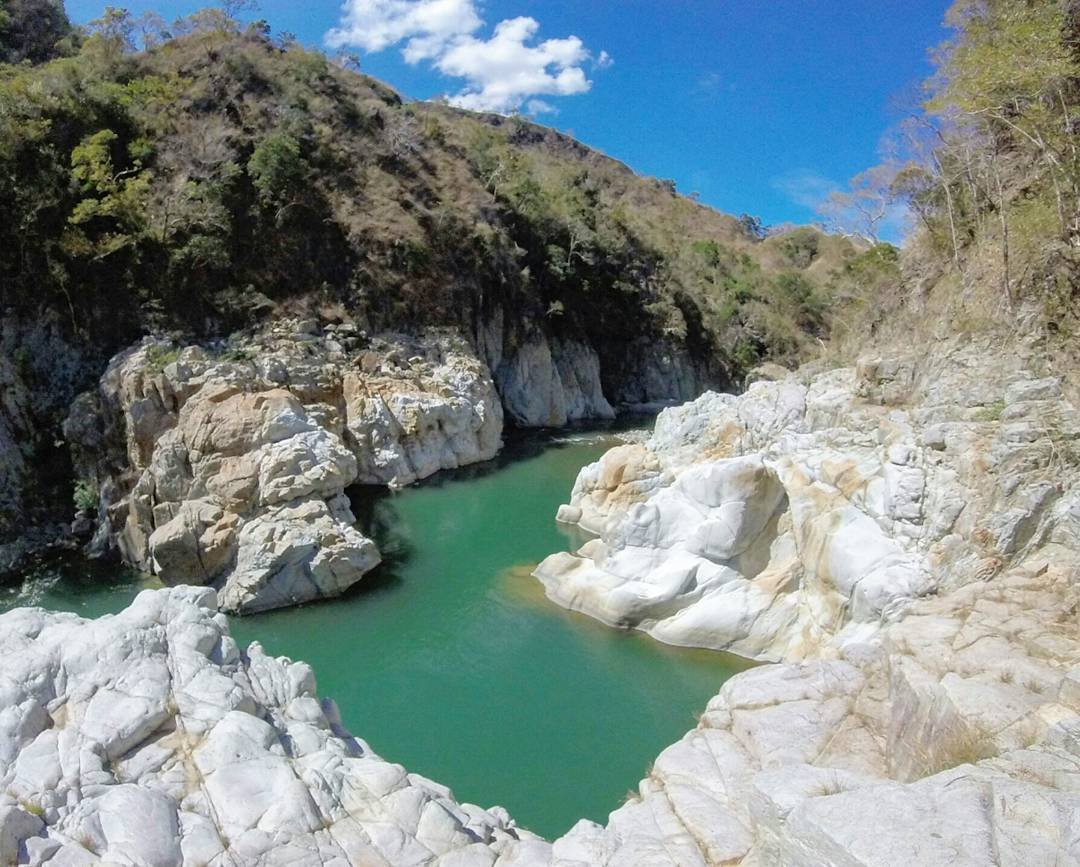
Sample Itinerary for Abra Tourist Spots
Day 0: Travel to Abra
- 9:00 PM: Depart from Manila via Partas Bus or Dominion Bus bound for Bangued, Abra
Day 1: Kaparkan Falls
- 5:00 AM: Arrive in Bangued, Abra
- 5:30 AM: Breakfast in Bangued
- 6:00 AM: Depart for Tineg for Kaparkan Falls via 6-wheeler truck
- 9:00 AM: Arrive at Kaparkan Falls, explore and swim in the terraced waterfalls
- 12:00 PM: Lunch at Kaparkan Falls
- 1:00 PM: Begin trek back to the vehicle and return to Bangued
- 4:00 PM: Free time in Bangued for rest or exploring the town
Day 2: Apao Rolling Hills and Tayum Church
- 5:00 AM: Depart for Tineg for Apao Rolling Hills
- 7:00 AM: Hike and explore the scenic Apao Rolling Hills, enjoy the “sea of clouds” views
- 11:00 AM: Return to Bangued
- 12:00 PM: Lunch in Bangued
- 1:30 PM: Visit Tayum Church and explore this historical site
- 3:00 PM: Head to Don Mariano Marcos Bridge for sunset views
Day 3: Libtec Crystal Cave and Kili Falls
- 6:00 AM: Travel to Dolores for Libtec Crystal Cave
- 8:00 AM: Begin spelunking at Libtec Crystal Cave, marvel at its crystal-like formations
- 11:00 AM: Depart for Tubo to visit Kili Falls
- 1:00 PM: Arrive at Kili Falls, swim in the cool waterfall pools and relax at the nearby hot springs
- 4:00 PM: Travel back to Bangued
Day 4: Return to Manila
- 6:00 AM: Depart from Bangued, Abra via bus
- 2:00 PM: Arrival in Manila
This Abra tourist spot itinerary ensures you experience the best of Abra tourist destinations, from the famous Kaparkan Falls to the scenic beauty of Apao Rolling Hills, historical landmarks like Tayum Church, and adventurous experiences like spelunking in Libtec Crystal Cave.
How to Get to Abra (DIY Travel Guide)
If you’re planning a DIY trip to Abra from Manila, here’s everything you need to know about transportation options, travel time, and costs.
By Bus
One of the most convenient ways to reach Abra from Manila is by taking a direct bus to Bangued, the capital of Abra. Several bus companies, including Partas, Viron Transit, and Dominion Bus, operate daily trips from their terminals in Cubao, Sampaloc, and Pasay.
- Travel Time: The bus ride from Manila to Bangued typically takes around 7 to 9 hours, depending on traffic and road conditions.
- Bus Fare: The fare for an air-conditioned bus ranges from ₱665 to ₱700 (~USD 13-15) for a one-way trip.
- Bus Schedule: Partas and Viron Transit have several departures throughout the day, including early morning and late-night trips (4:00 AM, 10:00 AM, and 9:00 PM). You can choose the schedule that best fits your itinerary.
By Van or Shuttle Service
Another option is to take a van or shuttle service, which may provide a faster and more direct route compared to buses. Vans usually operate from locations like Manila, Baguio, and Vigan.
- Travel Time: Approximately 6 to 8 hours, depending on traffic.
- Fare: Van services typically charge around ₱800 to ₱1,000 per person.
By Private Car
For those who prefer more flexibility, driving your own car or renting a vehicle is an option. From Manila, take the North Luzon Expressway (NLEX), followed by the Tarlac-Pangasinan-La Union Expressway (TPLEX), and then MacArthur Highway. This route offers a scenic and relatively smooth drive.
- Travel Time: Around 6 to 8 hours, depending on traffic conditions.
- Costs: Fuel costs for a round-trip drive can range from ₱2,500 to ₱4,000 (~USD 45-75), depending on your vehicle’s fuel efficiency and current fuel prices.
Sample DIY Travel Costs (Round Trip from Manila)
- Bus fare: ₱1,300 to ₱1,400 (~USD 25-28)
- Van fare: ₱1,600 to ₱2,000 (~USD 30-40)
- Fuel for private car: ₱2,500 to ₱4,000 (~USD 45-75)
- Food and miscellaneous: ₱500 to ₱1,000 (~USD 10-20)
- Accommodation (per night): Budget hotels in Bangued range from ₱800 to ₱1,500 (~USD 15-30).
With this guide, you can plan your trip to Abra and explore its stunning natural attractions, from Kaparkan Falls to Tayum Church, at your own pace and budget.
Conclusion: Why Abra Should Be on Your Travel List
Abra offers an unparalleled mix of natural beauty, cultural history, and adventure. From the towering Kaparkan Falls to the serene Apao Rolling Hills, the province’s natural attractions are complemented by its rich historical landmarks such as Tayum Church and Gabriela Silang Monument. Whether you’re an adventurer looking for your next thrilling destination or a history buff eager to explore the past, Abra has something to offer everyone.
So, if you’re looking for a destination that’s off the beaten path yet filled with stunning sights and rich experiences, Abra should be on your travel list. Your next great adventure awaits in this beautiful, underrated province.
FAQ
1. How do I get to Abra from Manila?
The easiest way to get to Abra from Manila is by taking a direct bus to Bangued, the capital of Abra. Several bus companies like Partas and Dominion offer regular trips from terminals in Cubao and Pasay. The trip usually takes around 7 to 9 hours, and the fare ranges from ₱665 to ₱700 one way. For a quicker option, some vans also offer services from Manila to Abra, though they can be slightly more expensive.
2. What is the best time to visit Abra?
The best time to visit Abra is during the dry season, from January to June, as the weather is ideal for outdoor activities such as trekking and visiting waterfalls. The rainy season, from June to October, is also a good time to visit Kaparkan Falls, as this is when the waterfall is at its most majestic, but other attractions may be difficult to access due to muddy trails.
3. What are the must-visit tourist spots in Abra?
Some of the must-visit attractions in Abra include Kaparkan Falls, known for its stunning multi-tiered terraces; Apao Rolling Hills for panoramic landscapes; and Libtec Crystal Cave for spelunking. Don’t miss the historic Tayum Church, a Spanish-era church, or the scenic Don Mariano Marcos Bridge, which offers views of the Abra River and surrounding mountains.
4. What are the top activities to do in Abra?
Abra is perfect for outdoor enthusiasts. Popular activities include trekking through Apao Rolling Hills, exploring the underground beauty of Libtec Crystal Cave, and swimming in the natural pools of Kaparkan Falls. For those interested in history and culture, visiting Tayum Church and the Gabriela Silang Monument offers insight into Abra’s rich heritage.
5. Is Abra safe for solo travelers?
Yes, Abra is generally considered safe for solo travelers. However, like any destination, it’s important to stay vigilant, especially in remote areas. Always check local travel advisories before your trip and consider joining local guided tours to ensure a safe and enjoyable experience.
These FAQs should help you better plan your trip to Abra and make the most of your visit to this beautiful and culturally rich province


